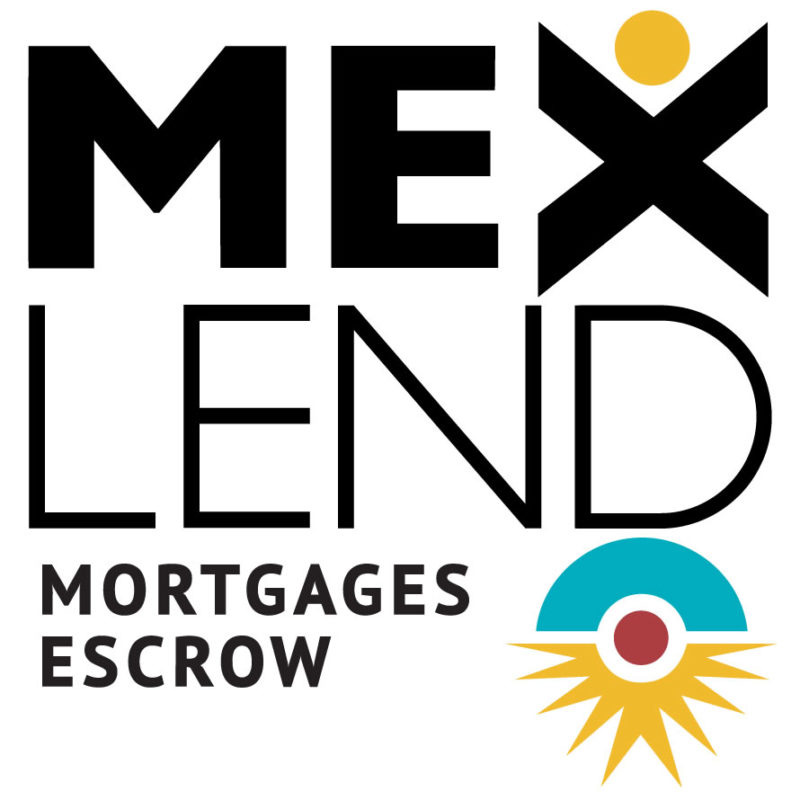Q: “What is the difference between a Mortgage Broker and a Mortgage Banker?” James G., Springdale, AR.
A: The Primary Mortgage Market is made up of a variety of players involved in the lending of money to the actual consumer. These players include the Borrower, Mortgage Broker, Mortgage Banker and the Banks who do the Lending.
The Borrower is just that – the person or entity seeking funds for either a purchase or re-finance.
A Mortgage Broker assists the Borrower in obtaining a mortgage. Mortgage Brokers typically work with multiple lenders, offering a variety of mortgage products. In general the more Banks a Broker represents, the better their success rate in obtaining financing for their customers. Mortgage Brokers generally receive a commission from the borrower, lender or a combination of the two in exchange for doing the majority of the “leg work” involved in packaging loan files, compiling and analyzing the extensive loan documentation and channeling the consumer into the loan program which works best for them. However, in Cross Border Lending within Mexico – most Banks do not pay brokers direct and the entire commission must be charged to the client as part of their closing costs. This may change in the future as consumer lending becomes more competitive in Mexico and some of the current borrower costs can be absorbed by the Banks.
Mortgage Bankers approve and close loans using their own funds – often using “warehouse lines of credit” from other sources. Upon closing, Mortgage Bankers typically sell these mortgages to outside investors. Loans are generally underwritten according to the specific guidelines of the investor purchasing the loan. This is why lending guidelines can often seem overly strict or rigid. If the Mortgage Banker or Broker doesn’t get every detail correct, according to these specific guidelines – the loan could end up ineligible for sale on the secondary market.
Banks do the actual lending of money to make mortgage loans. Banks have a choice of either selling the loan on the secondary market or maintaining the loan for their “in house” portfolio. Banks that keep loans “in house” are known as portfolio lenders. These loans are not automatically packaged for re-sale on the secondary market and therefore may not have to conform to investor guidelines.
Now this is where things get a little bit complicated. In Mexico – just as in the US, Canada and elsewhere – a borrower can obtain a mortgage by working with a Mortgage Broker, Mortgage Banker or Bank. However, some Mortgage Bankers and Banks have Retail Divisions and some only work Wholesale. A Bank with a Retail Division has Loan Officers on site that will take a client’s application and work with them on compiling the required documentation. Banks that work strictly wholesale will refer the client to an approved Mortgage Broker for these services. It is up to the borrower to know which entity they are working with and if they are being introduced to enough of a variety of loan products to effectively make a decision. Knowing the difference between Mortgage Brokers, Mortgage Bankers and Banks – can mean the difference between having options and getting the best deal or getting stuck with a loan program with unattractive terms.
In the very early stages of Cross Border Lending, just a few years ago – there wasn’t much of a Secondary Mortgage Market in Mexico and most of the loans written were held in the Banks Portfolios. However, at this historic time, there is tremendous interest in the Mexican Housing and Mortgage Industry by both National and Foreign Investors. Thusly, the Secondary Mortgage Market in this country is beginning percolate. The anticipated growth and expansion within this market will allow the emergence of additional loan products, competitive interest rates and higher rates of home ownership across the board – a very good thing indeed!





